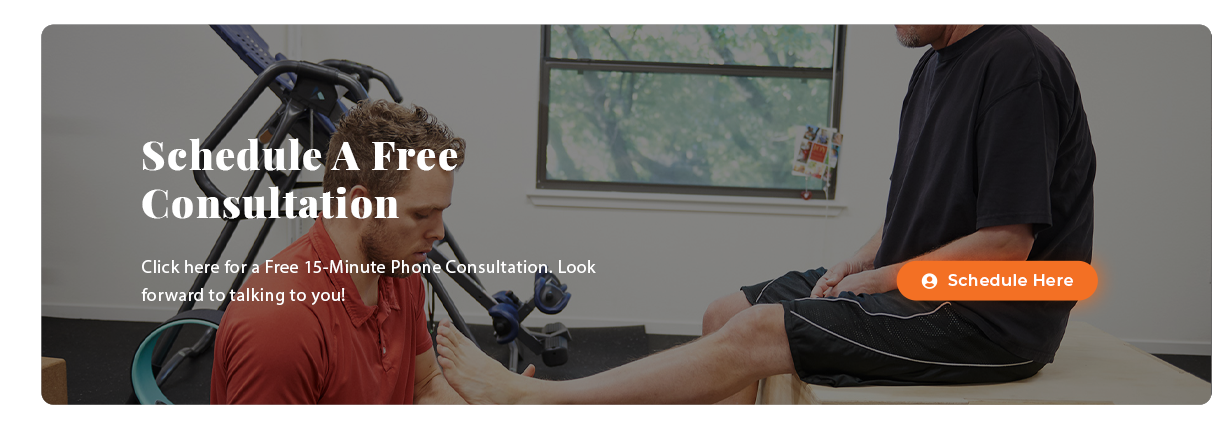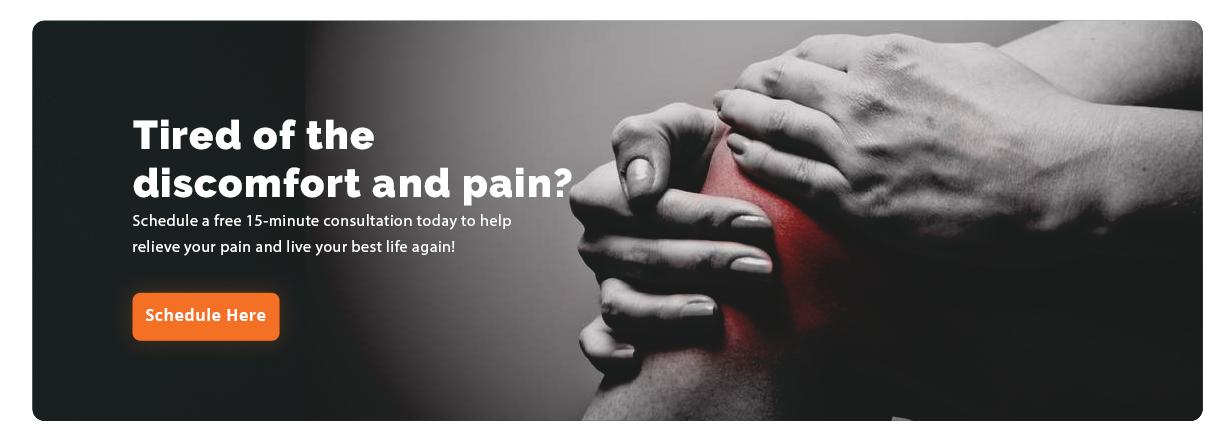“Strength doesn’t come from what you can do. I comes from overcoming the things you once thought you couldn’t” – Anonymous
Injuries are unfortunate, often painful, and almost always frustrating and discouraging. Especially for athletes and those that are physically active.
However, with the right attitude, the proper treatment, and proven self-care, many injuries can not only be healed but can be fully overcome. While much of this is dependent on the extent and seriousness of the injury, attitude and effective treatment plays a significant role, as well.
And one of the most common injuries suffered by people that are athletic or at least regularly active is known as lateral epicondylitis, or, more commonly, tennis elbow.
Taking a Look at Tennis Elbow
According to the UK’s National Health Service website,
“Tennis elbow is a common condition that affects about 1-3% of the population (about 4 to 7 cases per 1000) every year. It’s the most common cause of persistent elbow pain, accounting for two-thirds of cases. It affects women and men equally, and those affected are mostly between the ages of 35-54.”
And these statistics are roughly the same here in the U.S. as well. As the Cleveland Clinic notes, between one to three percent of Americans get tennis elbow. It’s most common in people ages 30 to 50 and affects all genders.
But what is tennis elbow exactly?
The Mayo Clinic describes it this way:
“…a painful condition that occurs when tendons in your elbow are overloaded, usually by repetitive motions of the wrist and arm. The pain of tennis elbow occurs primarily where the tendons of your forearm muscles attach to a bony bump on the outside of your elbow. Pain can also spread into your forearm and wrist.”
Simply put, the condition arises from a painful inflammation of tendons surrounding the ends of the two arm bones that form the elbow joint.
The pain experienced from tennis elbow can often radiate from the outside of the elbow and into the forearm and wrist. Tennis elbow pain and weakness can make it difficult to use your hand and wrist to do common actions such as shake hands or grip an object, turn a doorknob, or hold a coffee cup.
Tennis elbow, despite the name, can afflict anyone who regularly performs repetitive activities, in particular, movements that vigorously use the forearms, wrists or hands. Tennis elbow commonly affects those engaged in recreational and professional sports including:
- Baseball and softball players
- Bowlers
- Golfers
- Tennis players
- Squash, pickleball and racquetball players
- Fencers
In addition, many non-athletes who work in certain professions are also more prone to tennis elbow:
- Assembly line workers and auto mechanics
- Carpenters, cleaners, painters, and plumbers
- Butchers and chefs
- Gardeners and landscapers
- Dentists
- Manicurists
- Musicians
Typical treatments usually include over-the-counter pain medications, physical therapy, and in severe cases of tennis elbow, surgery can be required. In addition, other less-common treatments can include injections of platelet-rich plasma, Botox, or some form of irritant (prolotherapy) into the painful tendon and Ultrasonic tenotomy (TENEX procedure).
In this procedure, under ultrasound guidance, a doctor inserts a special needle through the skin and into the damaged portion of the tendon. Ultrasonic energy vibrates the needle at a high enough frequency that the damaged tissue liquefies and can be suctioned out.
However, most cases of tennis elbow can be treated with time and exercises.
Exercises for Relieving Tennis Elbow Pain
With your physician’s approval, there are several recommended exercises that can be used to help diminish the pain and severity of tennis elbow, as well as accelerate healing.
Here are five that are described by the American Family Physician Foundation (AAFP) website:
Finger Stretch with Rubber Band
Place a rubber band around your thumb and fingers, and slightly cup your hand. Gently spread your thumb and fingers apart then back together. Repeat 10 times for three sets. Do this exercise one or two times a day.
Grip
Hold a soft object (for example, putty or a small rubber ball) in your hand and squeeze the object continuously for 10 to 15 minutes, two or three times a day.
Downward Wrist Stretch
Hold one arm straight out in front of you and hold the hand with the other hand. Slowly bend your wrist down (and slightly out) until you feel a stretch. Hold for 15 to 30 seconds, then relax. Repeat two or three times. Do this exercise two or three times a day.
Wrist Curl – Palm Up, Palm Down
Lay your forearm flat across a table with your palm facing upward. Place a weight or exercise band across your palm for resistance. Use your other hand to pull the wrist back toward your body. Slowly (over five seconds) move the wrist back to the original position. Repeat this exercise with the palm facing downward while holding the suspended weight or exercise band. Repeat each exercise 10 times for three sets.
Elbow Curls – Palm Up, Palm Down
Step out so that one foot is in front of the other. Place one end of an exercise band under your back foot and hold the other end with your hand using one of two grips. Pull the band up with your hand and curl your arm toward your shoulder. You can use a dumbbell or barbell instead of an exercise band. Repeat the curl exercise 10 times for three sets using both of the following grips: palm facing upward, and palm facing downward.
It’s suggested that you do the stretching exercises before you play sports but not the strengthening exercises as your muscles could get tired and become more prone to injury. Always use smooth and controlled motions during these exercises and don’t jerk your wrist while doing the exercises. Also, be sure to put ice on your elbow until it is numb after you exercise.
Pain and Performance Solutions: For Relief of Chronic Joint Pain
For joint pain, whether it’s tennis elbow or a sprained knee, the first step to finding pain relief is for us to learn about you and your pain issues. During your first appointment, we’ll ask a series of questions to learn about your present discomfort as well as any history of pain.
Afterwards we’ll conduct a full examination to determine which form of treatment is needed to help you on your road to recovery. And one of the most effective treatments for soft tissue and joint pain issues is Active Release Techniques®, or ART®.
However, successfully using ART® for achieving joint pain relief can only begin when we have a full understanding of how and where your pain started. Oftentimes, when the cause isn’t readily known such in the case of tennis elbow, for example, it could be that it started long before as the result of an injury you might have sustained.
Your trust in us is key, as is your openness and honesty. Ultimately, getting your body working properly and healthy is the only way to achieve total recovery. So, don’t hesitate to reach out. We are here to help and will answer any, and all questions that you may have.
You can reach us at (707) 636-4404 or by filling out our online contact form.



